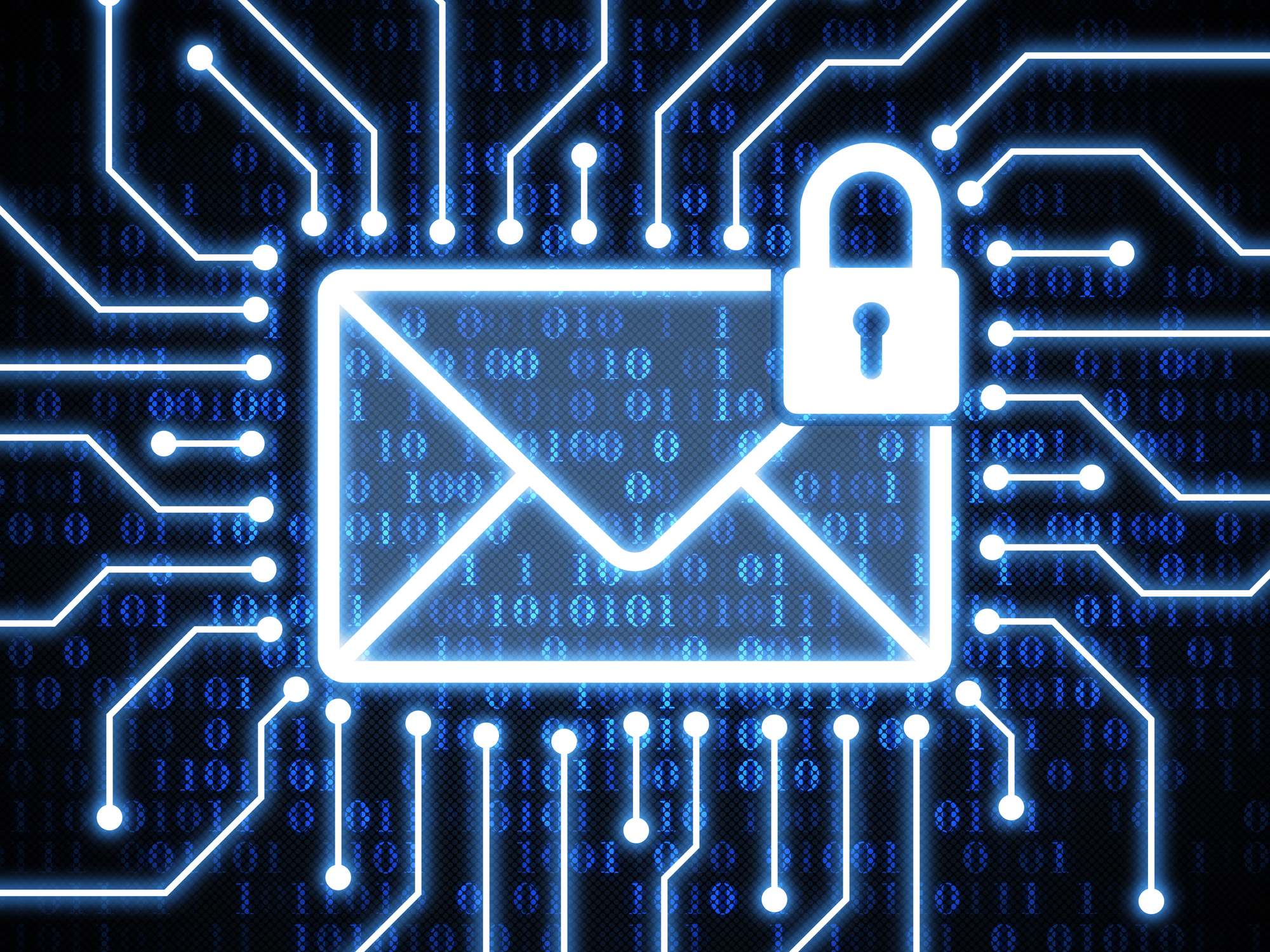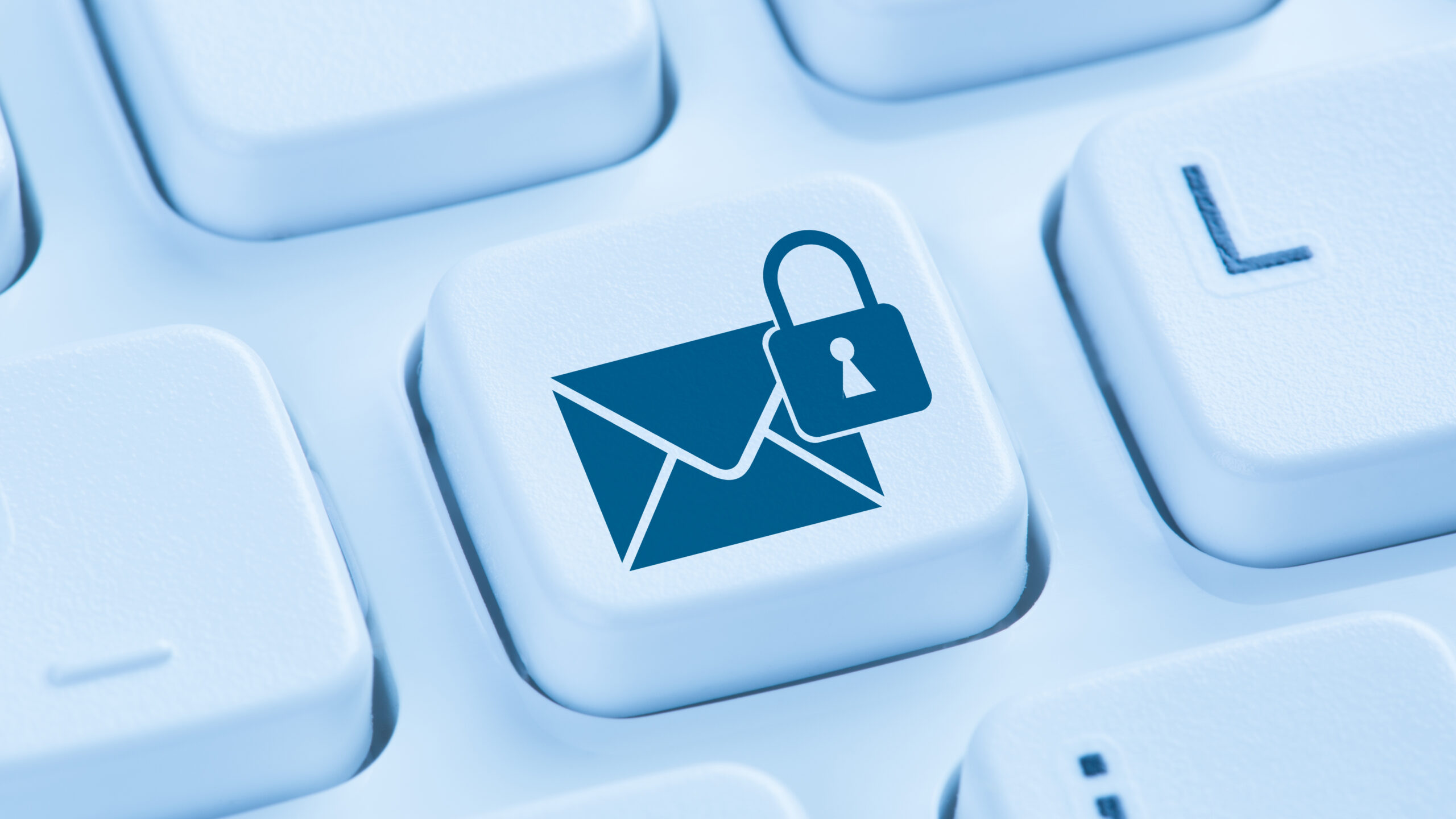
Email attachments remain one of the most common vectors for delivering malware and other cyber threats. Despite advancements in email security, businesses continue to fall victim to sophisticated attacks that exploit the simplicity of opening an attachment.
That’s because email attachments are often used by cybercriminals to deliver a range of malware, including ransomware, banking Trojans, spyware, and more. These malicious attachments can come in various forms, such as:
- Executable Files: Files with extensions like .exe, .bat, or .scr are designed to execute code when opened. They are commonly used to deliver ransomware or spyware.
- Document Files: Common formats like Word documents (.docx), Excel spreadsheets (.xlsx), and PDFs are frequently used in phishing attacks. Cybercriminals embed malicious macros or scripts within these documents to infect the victim’s system once opened.
- Compressed Files: Zip files and other compressed formats are often used to bypass email filters, as they can contain multiple files, including hidden malicious content.
Email-borne threats are becoming increasingly sophisticated, with attackers using advanced techniques to evade traditional security measures. For example, they may use social engineering tactics to convince the recipient the attachment is legitimate or employ encryption within the attachment to avoid detection by email scanners. Some are now using AI tools such as ChatGPT to craft convincing messages devoid of grammatical and other errors.
Improving Detection and Handling of Suspicious Email Attachments
Detecting and handling suspicious email attachments requires a multi-layered approach. Some key strategies for defense include:
- Advanced Threat Detection: Implementing advanced email security solutions, like Proofpoint’s Targeted Attack Protection, can help detect and block malicious attachments before they reach the inbox. These solutions use sandboxing techniques to analyze the behavior of attachments in a controlled environment, identifying threats that might bypass traditional security filters.
- User Training and Awareness: Educating employees on the risks associated with email attachments is crucial. Regular training sessions should focus on how to recognize phishing attempts, avoid opening unexpected attachments, and report suspicious emails to the IT department.
- Content Filtering and Encryption: Organizations can deploy content filtering systems that scan all incoming attachments for known malware signatures and risky file types. Additionally, encrypting sensitive emails and attachments adds a layer of protection against unauthorized access.
Mitigating Risks Without Disrupting Workflow
Balancing security with productivity can be a challenge, but automating security processes can help. Using automated tools to scan and filter attachments in real-time, organizations can reduce the burden on IT teams and ensure threats are detected and neutralized quickly, without the need for manual intervention.
It is also essential to implement strict email attachment policies, including blocking certain file types at the gateway, ensuring only safe attachments reach the intended recipients. For higher-risk files, organizations can require users to request approval before sending or receiving them, adding an extra layer of scrutiny to protect against potential threats.
To further reduce the risk of malware, businesses should encourage employees to use secure file-sharing solutions for exchanging sensitive documents. By moving away from traditional email attachments and utilizing dedicated secure platforms, organizations can significantly reduce the chances of cyber threats while still maintaining efficiency and productivity.
Policies and Tools for Controlling Email Attachment Usage
To control and monitor email attachment usage effectively, businesses should implement a combination of policies and tools:
- Email attachment policies: Establish clear guidelines on what types of attachments are allowed, how they should be handled, and who is authorized to send and receive them.
- Attachment defense tools: Invest in tools like Proofpoint’s Attachment Defense, which provides robust protection against all types of malicious attachments by leveraging dynamic malware analysis and sandboxing technologies.
- Regular audits and monitoring: Conduct regular audits of email attachment activity to identify potential risks, ensure compliance with security policies, and detect unusual patterns that could indicate a security breach.
Protecting Your Business from Hidden Dangers
By understanding the types of threats delivered through email attachments and adopting best practices for detection and handling, organizations can protect themselves from potentially devastating cyberattacks. Implementing robust email security solutions, coupled with effective user education and stringent policies, is essential for safeguarding your organization against the hidden dangers of email attachments.
Proofpoint can help you layer your defense against attachment-based attacks. Learn how at https://www.proofpoint.com/us/products/threat-defense.




